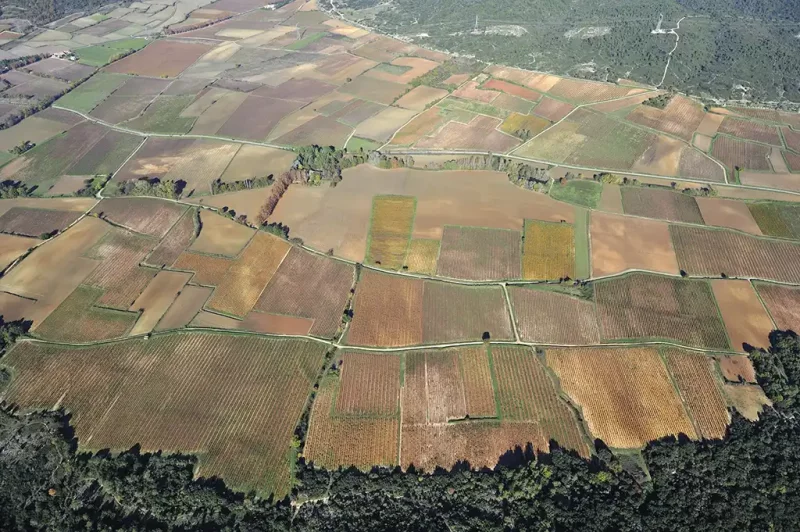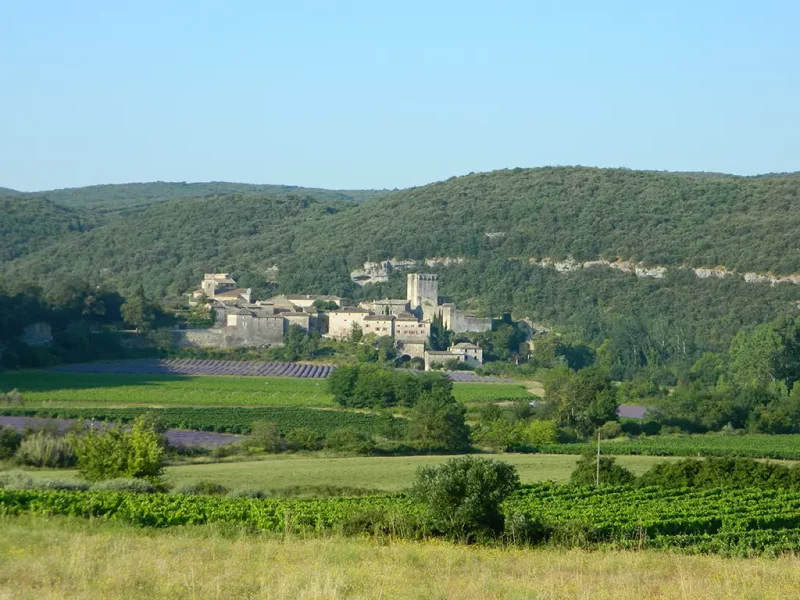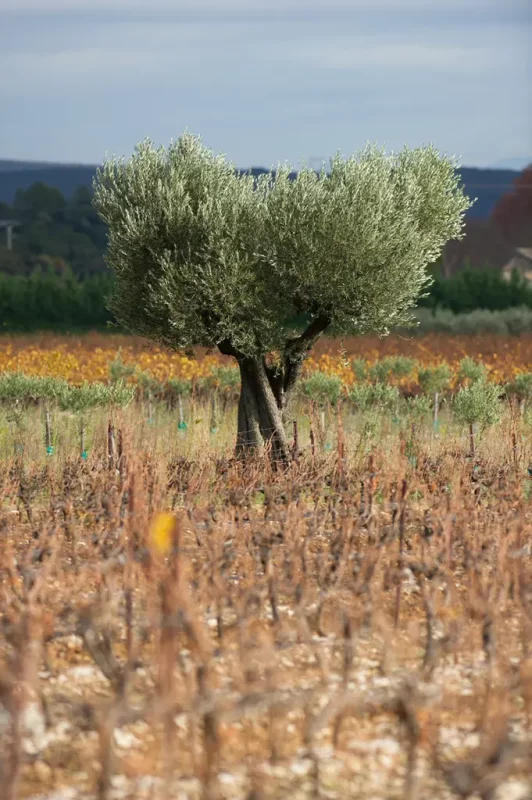Why is supporting the farmers for the biodiversity-positive practices necessary?
Only 3% of the species of community importance within agricultural environments are in a favourable state of conservation.
This dire percentage can be explained by the disintegration of their habitat and food resources, especially insects. Hence, 10% of the butterflies have disappeared in only 11 years within the Natura 2000 network. In some environments, this tendency has gone from bad to worse: indeed, the “EU Grassland Butterfly Indicator” shows a fall of 39% in the number of meadow butterfly species.
The agricultural practices put into question specifically include:
- Modifications brought to the environment
Ploughing or monoculture, the retreat of meadows, the loss of nearly 8000 ha/year of tree or hedge alignments and, on a more global scale, the homogenisation of agricultural landscapes have a part to play in the division, disintegration or even the destruction of habitats for many a species.
Thus, 15 to 20% of the nesting birds are affected by how our grounds are used. For instance, within our territory, the little bustard headcount has significantly dropped since 10 years due to the retreat of the alfalfa patches and the predominance of field crops.
- The use of crop protection products
While herbicides decrease the area of occupancy of the wild grass, which represents an important food source, the insecticides directly shrink the size of the insect populations.
If the products are used persistently, over a large surface, by air or repeatedly, their impacts will therefore be multiplied by ten.
Nevertheless, the sale of crop protection products has risen of 12% by year in the Gard since 2008, finally reaching more than 2000 tons in 2018. In spite of the trend for improvement, the quantities remain important.


